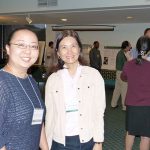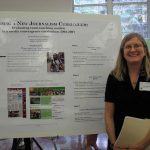Advancing Learning in the Communication BA through ePortfolios
In 2018, the Communication program in the School of Communications conducted a program assessment of undergraduate senior capstone …


In 2018, the Communication program in the School of Communications conducted a program assessment of undergraduate senior capstone …

The Communication Department’s mission is to meet the challenges and opportunities of communication in the emerging technological, multicultural, …

The Communication Department’s mission is to meet the challenges and opportunities of communication in the emerging technological, multicultural, …

The Communication Department’s undergraduate curriculum is currently guided by seven SLOs (Student Learning Outcomes), which are demonstrable skills …

This study evaluates team teaching models of a new curriculum adopted by the University of Hawai`i’s journalism program …